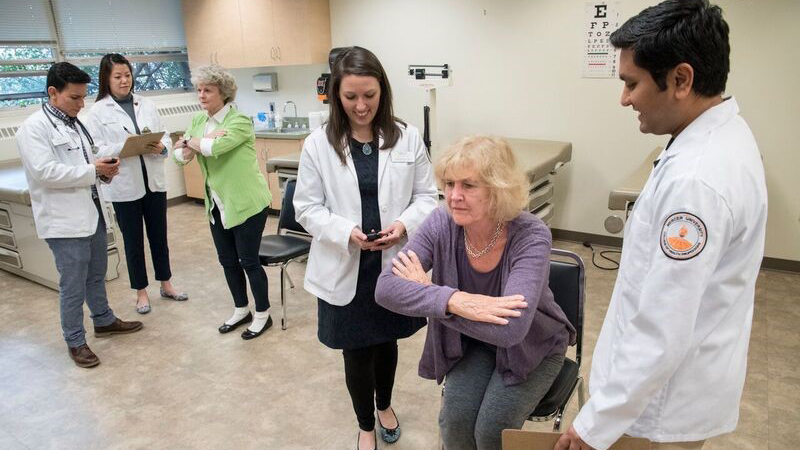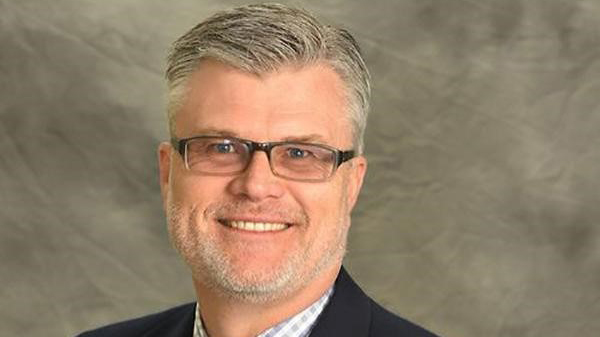STEADI Helps Physical Therapists Incorporate Older Adult Fall Prevention in Routine Care
Every second of every day, an older adult—age 65 and older—falls. Many of these falls cause an injury, loss of independence, and in some cases, death. CDC created the Stopping Elderly Accidents, Deaths, and Injuries (STEADI) initiative to help physical therapists and other healthcare providers use fall prevention in routine care for older adults. STEADI provides screening tools, educational resources, and online trainings for healthcare providers. STEADI was developed for use by all members of the care team – not just physicians – to screen older adults for fall risk, to assess their modifiable risk factors, and to recommend effective fall prevention approaches.
David Taylor, PT, DPT, GCS, Clinical Assistant Professor and Director of Clinical Education at Mercer University, learned early in his career about the enormous burdens of falls on his older adult patients. When Dr. Taylor first learned of the STEADI initiative four years ago, he quickly saw how STEADI could be used as a tool for training physical therapy students.

Dr. Taylor, a professor for the Doctor of Physical Therapy (DPT) program, added STEADI to the Geriatrics Considerations in Patient/Client Management course curriculum. In this course, students are required to take CDC’s STEADI Older Adult Fall Prevention Online Training for Providers and to apply the STEADI algorithmpdf icon as part of a project with the Shepherd Center, a hospital that specializes in spinal cord and brain injury rehabilitation in Atlanta, Georgia.
For the past three years, Dr. Taylor’s students have conducted their project at the Shepherd Center’s annual Fall Prevention Awareness Day. Since Dr. Taylor added STEADI to the course curriculum, 114 DPT students have been trained to use STEADI; 76 have completed the STEADI online training module; and many have shared STEADI with the practices they joined as part of their clinical training or post-graduation employment in acute care or outpatient orthopedic practices.
In addition to incorporating STEADI into the DPT curriculum, Dr. Taylor also conducted a service-based learning activity focused on reducing fall risk. With a grant from the Mercer University Health Sciences Center, he convened a group of nursing, public health, physical therapy, pharmacy, and physician assistant students and associated faculty. Groups of student participants discussed fall risk prevention, and conducted community-based STEADI screenings with 27 community volunteers. With representatives from several professional disciplines, each group could perform the three core elements of STEADI: Screen, Assess, and Intervene.

“Falls are a problem for everyone on the patients’ healthcare team. STEADI provides healthcare professionals across disciplines a common language, evidence-based tools for identification of fall risk, and mitigation strategiesexternal icon. I hope adoption and implementation of STEADI will promote early identification of fall risk, support participation in mitigation interventions, and reduce the number of falls experienced by older adults.”
-Dr. David Taylor, PT, DPT, GCS
As a result of their STEADI training, Dr. Taylor’s colleagues and students have shown that STEADI’s coordinated approach to fall prevention has utility for physical therapists, who are integral members of the healthcare team.